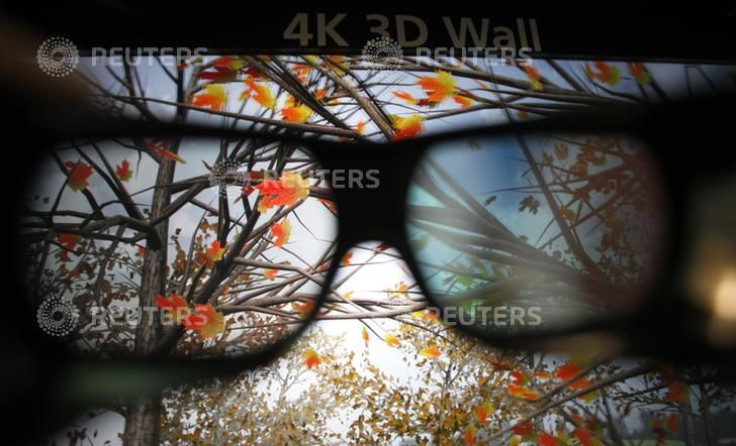Augmented Reality Headset By UK’s National Physical Laboratory Show What Google Glass Should Have Been

Researchers from UK’s National Physical Laboratory (NPL) have developed a new augmented reality headset that might keep the promise made by Google Glass. The researchers at NPL and manufacturer Colour Holographic claim that they have developed an alternative device that would enable people to see holographic digital images.
In an interview with Motherboard at the Royal Society’s Summer Exhibition, John Nunn, a research scientist from NPL mentioned, “Normally when we want to see things from our phones or our computers, we need a screen to look at. But this way, we could do away with a screen and just have the image projected directly into our glasses and into our eye.”
The device is simple and basically clips to the side of the wearer's glasses. The developers behind it want it to be used by everyone from surgeons to firefighters. It is still a prototype.
The optical technology is based on holography that allows images and videos to be displayed in front of the wearer in full color. The device overlays transparent digital images on top of the usual sight.
As the user wears the device, a hologram bends the red, green and blue parts of light by 90 degrees which causes the light to reflect inside the glass. Another hologram then bends the light again so that it is visible to the human eye.
As reported by Motherboard, Manuel Ulibarrena, R&D Manager at Colour Holographic, said, “If you’re walking down the street, instead of looking at your mobile you can see a transparent map of where you are going with arrows and directions showing where you want to go.”
The headset comprises a micro-display, lens, glass plate and holographic glass slitters inside each end of the glass plate. It is approximately 10 cm long, 3 cm wide and 2.22 mm thick.
As mentioned to Motherboard, Ulibarrena clarified that this concept was similar to Google Glass. The main problem with the Glass remained the low batter life and uncomfortable positioning of the image. The users had to look up.
Augmented reality is still in its nascent stage. With a number of consumer gaming devices on the market Virtual reality, on the contrary is moving faster. Apart from day to day use, the technology of augmented reality can be widely used in the field of surgery, navigation and mapping, military purposes, manufacturing applications, entertainment and games in the future.
For questions/comments regarding the article, you may email the writer at rituparnaganguly25@gmail.com






